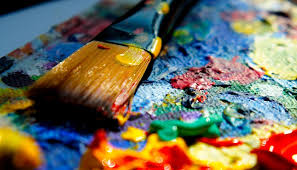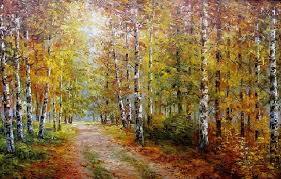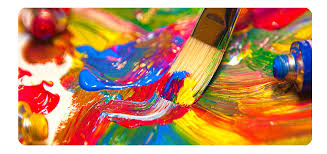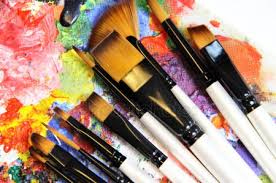Monthly Archives: April 2017
ABOUT AQUARIAN PAINTING TECHNIQUE (part 3)
 The foregoing applies to any kind of art, but it is watercolor that is particularly susceptible to temperament and the “movement of the brush” emanating from the movement of the spirit of the master. It denotes a creative, mental and philosophical attitude to the material. This is the main secret and the problem of ownership of equipment. A high concentration of energy, self-control, a clear thought, a clear task, and a subtle sense of water, colors, and paper are the qualities of a painter that are necessary for the embodiment of an image in a whimsical watercolor painting.
The foregoing applies to any kind of art, but it is watercolor that is particularly susceptible to temperament and the “movement of the brush” emanating from the movement of the spirit of the master. It denotes a creative, mental and philosophical attitude to the material. This is the main secret and the problem of ownership of equipment. A high concentration of energy, self-control, a clear thought, a clear task, and a subtle sense of water, colors, and paper are the qualities of a painter that are necessary for the embodiment of an image in a whimsical watercolor painting.
A good illustration of what has been said is a brief acquaintance with one of the traditional pictorial techniques of the East. In China and Japan, there are ancient traditions of writing with water-based materials, mostly ink painting. The traditions of the East are very different from European ones. Continue reading
ABOUT AQUARIAN PAINTING TECHNIQUE (part 2)
 Incidentally, the generally accepted term “watercolor” was first used by Chennino Chennini in his Treatise on Painting (1437), the main point in the described process was the dissolution of paint in water containing vegetable gum – gummi.
Incidentally, the generally accepted term “watercolor” was first used by Chennino Chennini in his Treatise on Painting (1437), the main point in the described process was the dissolution of paint in water containing vegetable gum – gummi.
So, from the history of technology it is clear that the first method of watercolor writing was painting on dry soil, another way of working, on the wet surface of the paper, was supposedly applied not earlier than the beginning of the 19th century. A more capricious and whimsical way of writing wet was born in England, probably because in a country located on an island surrounded by water in this “foggy Albion”, the increased humidity of the air itself dictated the painting’s character light and soft. Continue reading




